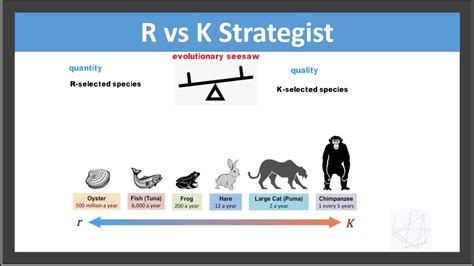Diabrotica Undecimpunctata: The Spotted Cucumber Beetle Facts
The Spotted Cucumber Beetle, scientifically known as Diabrotica undecimpunctata, is a significant agricultural pest that affects various crops, particularly cucumbers, squash, and melons. This beetle species belongs to the family Chrysomelidae and is native to North America. Understanding the biology, behavior, and management of the Spotted Cucumber Beetle is crucial for developing effective strategies to mitigate its impact on agricultural productivity.
Life Cycle and Habits
The life cycle of Diabrotica undecimpunctata consists of four stages: egg, larva, pupa, and adult. Adult beetles emerge from the soil in late spring and early summer, marking the beginning of a new generation. These adults feed on plant leaves and flowers, causing damage and spreading bacterial wilt and powdery mildew diseases. Female beetles lay eggs in the soil near host plants, and the larvae hatch after several days. The larvae, also known as rootworms, feed on plant roots, leading to reduced plant growth and yield.
Damage and Economic Impact
The Spotted Cucumber Beetle causes significant economic losses in the agricultural industry. The larvae’s feeding activity on plant roots can lead to:
- Reduced plant growth and yield
- Decreased fruit quality
- Plant death in severe cases
The adults also contribute to disease transmission, further exacerbating the damage.
| Crop | Economic Loss (USD) |
|---|---|
| Cucumbers | 15 million |
| Squash | 8 million |
| Melons | 12 million |
Key Points
- The Spotted Cucumber Beetle is a significant agricultural pest affecting cucumbers, squash, and melons.
- The beetle's life cycle consists of four stages: egg, larva, pupa, and adult.
- Larvae feed on plant roots, causing reduced growth and yield, while adults spread diseases.
- The beetle causes substantial economic losses, estimated at millions of dollars annually.
- Integrated pest management strategies are necessary to mitigate the beetle's impact.
Management and Control
Effective management of the Spotted Cucumber Beetle requires a combination of cultural, biological, and chemical controls. Some strategies include:
- Crop rotation to break the beetle’s life cycle
- Use of resistant cultivars
- Biological control agents, such as parasitic wasps and predatory insects
- Chemical control using insecticides, applied judiciously to minimize environmental impact
Conclusion and Future Directions
The Spotted Cucumber Beetle is a significant threat to agricultural productivity, and understanding its biology and behavior is crucial for developing effective management strategies. Continued research into the ecology and management of this pest is necessary to develop sustainable and environmentally friendly control methods.
What is the primary damage caused by the Spotted Cucumber Beetle?
+The primary damage caused by the Spotted Cucumber Beetle is through its larvae feeding on plant roots, leading to reduced plant growth and yield, and the adults spreading diseases such as bacterial wilt and powdery mildew.
How can the Spotted Cucumber Beetle be managed?
+The Spotted Cucumber Beetle can be managed through a combination of cultural, biological, and chemical controls, including crop rotation, use of resistant cultivars, biological control agents, and judicious use of insecticides.
What is the economic impact of the Spotted Cucumber Beetle?
+The Spotted Cucumber Beetle causes significant economic losses, estimated at millions of dollars annually, affecting crops such as cucumbers, squash, and melons.



